Unique little vase
Scientists from the National Heritage Council have almost all seen the two Dong Son bronze vases at the National History Museum. These two vases are assessed to have a similar shape to the Dong Son bronze vases in the An Bien collection (Hai Phong), however, their size is smaller than the An Bien bronze vases. Their patina is also not as thick and shiny as the An Bien vases.
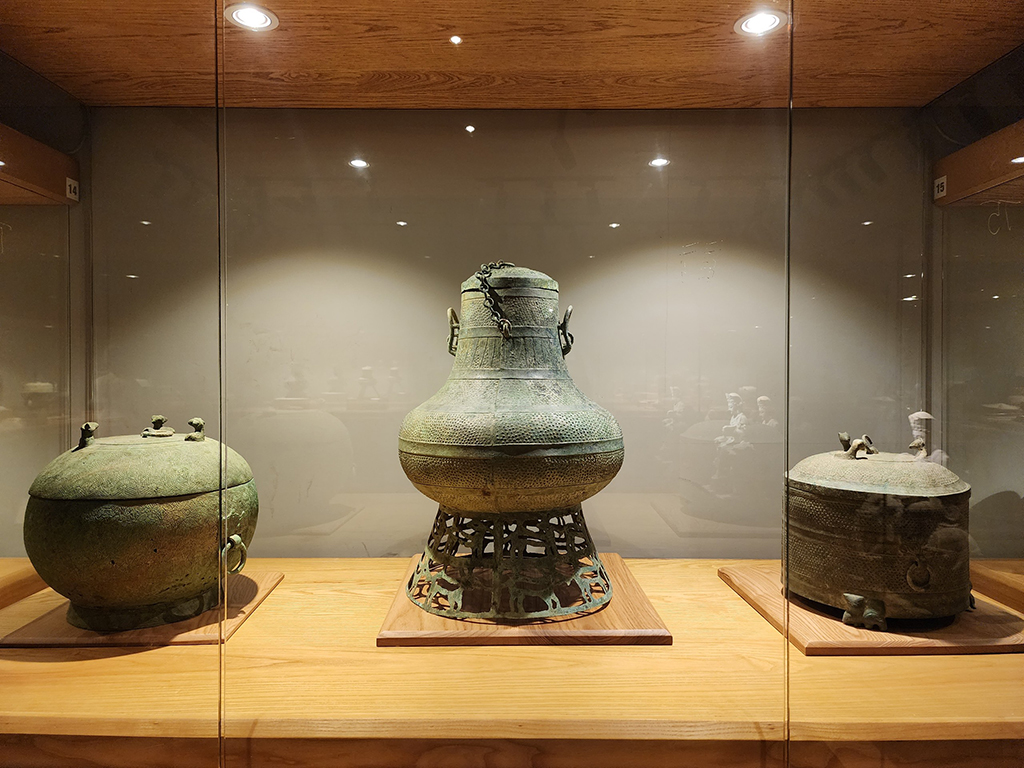
The An Bien bronze vase (middle) is owned by Mr. Tran Dinh Thang.
However, the most highly valued feature of the An Bien bronze vase is its decorative motifs. The national treasure dossier states that the An Bien bronze vase has a perforated pattern band on the rim of the base, which is the image of a deer and a cow, vividly depicted, in a counter-clockwise direction. Meanwhile, "also on the base, the Phu Xuyen and Thanh Hoa vases are completely a variant of the "S" pattern, rough and lacking in expression, displayed only as a common feature of Dong Son plastic art".
Regarding the manufacturing technique, the Hai Phong Department of Culture, Sports and Tourism said: "The vase was cast using a mold-joining technique and is a one-time, broken mold. Technical traces are still clearly visible on the lid, body and foot of the vase. The lid and body are cast separately and independently, with a chain to hold them together."
The result of this casting technique is the An Bien bronze vase with a large, tall shape (53.5 cm high), balanced, upright mouth (15.7 cm in diameter), flat spherical lid, sloping shoulders, bulging belly (37 cm in diameter), and wide legs (34 cm in diameter). The entire body of the vase is decorated with raised dots like toad skin and has 6 raised bands around the mouth, neck, and body, creating a solid body for the vase. The decorative motifs use the raised casting technique.
Specifically, the vase's shoulder is decorated with a raised triangular pattern with a long pointed tip. The cushion between these triangles is a raised round dot. The two handles are in the shape of an inverted "U", when viewed from the side, the two handles of the vase look like a mascot with four legs, a large head, a small body, and a high tail. The base of the vase is perforated, decorated with two bands of patterns: Above is a herd of deer, below is a herd of cows following each other and moving in a counterclockwise direction. The deer and cows are perforated, showing a 3-dimensional space. The overall base of the vase is decorated with 8 deer and 8 cows.
According to the treasure records, bronze vases in the first centuries AD, called "conical vases", were quite popular, but simple and small, the main motifs were raised ridges and tiger faces holding rings. The An Bien bronze vase (Hai Phong) dated earlier, also different from the Dong Son bronze complex in general and from later bronze vases in particular, representing a historical period, bearing the typical character of Dong Son art, despite the interaction and adaptation with the outside.
Intersection of 3 bronze casting centers
Throughout the national treasure dossier of the An Bien bronze vase, scientists often mention the similarity between the An Bien vase and the two vases at the National History Museum. They both have in common the upside-down U-shaped handle, not unlike the handle of the Dong Son bronze jar, dating from the 2nd - 1st century BC. The bronze jar, along with the bronze drum, seem to be two types of objects with typical values and are symbols of the Dong Son culture.
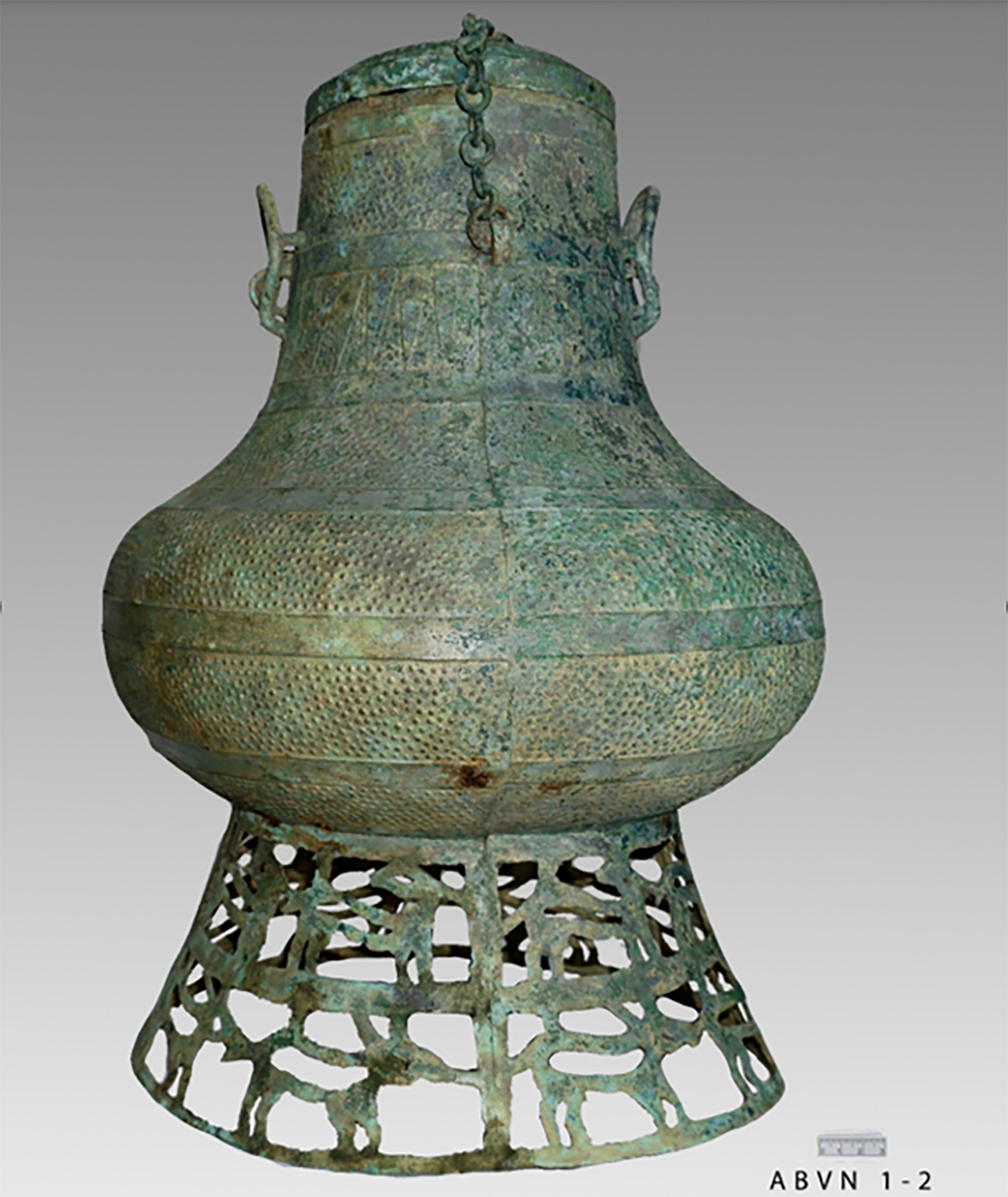
National treasure An Bien bronze vase
TL DEPARTMENT OF CULTURAL HERITAGE
In addition, the Dong Son characteristics of these vases are also expressed in the decorative patterns, which are geometric patterns (variant S-shaped patterns, sharp triangle patterns) and animal patterns (deer and cows). The records show that the deer and cow patterns on the base of the An Bien bronze vase using the perforated casting technique reflect the creativity of the Dong Son bronze casting artisans. The cows and deer on the base of the An Bien vase show movement through the posture of the head turning back and the feet walking. The circular arrangement of the objects and the counterclockwise direction further show the sense of movement.
"The deer with their heads turned back seem to be playing around, picking leaves. The cows walk forward as if being pressured by their masters behind. All of them are facing forward, but their four legs move with their legs bent and stretched in a seemingly non-stop, urgent movement. This style of expression has reached the pinnacle of Dong Son bronze casting art," the treasure dossier states.
Also according to the records, if on bronze drums and bronze jars, we only see deer and cow images engraved on the surface of the mold, then with the way of creating a perforated shape on the base of this vase, the artisan must know how to cut and hollow out the soil so that the motifs are vivid, but still ensure the thickness and thinness of the product. That is the big difference of Dong Son artisans when creating molds for vases in general and this bronze vase in particular.
According to the treasure records, the An Bien bronze vase also shows cultural exchange and acculturation through the details of the chain holding the lid of the vase, through the embossed moldings on the body of the vase, through the pedestal that is too high compared to the proportion of the entire body of the vase. These are elements that are not very common in Dong Son bronze types, but have also been seen in southern China - a human geography region of ancient Southeast Asia. At that time, Dong Son in northern Vietnam, Guangdong - Guangxi and Yunnan - Guizhou in southern China were three famous bronze casting centers, three shining peaks of ancient bronze culture of the Baiyue community. (continued)
Source: https://thanhnien.vn/bao-vat-quoc-gia-chiec-binh-da-coc-voi-dan-bo-duc-thung-185240501220927435.htm








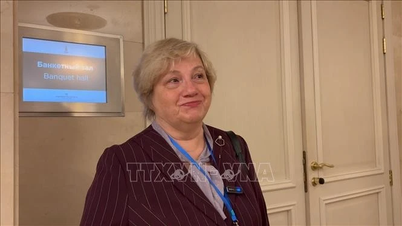

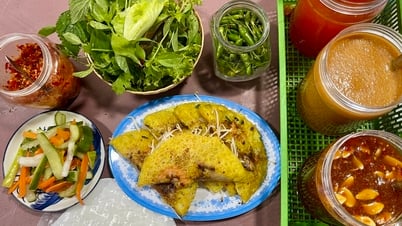

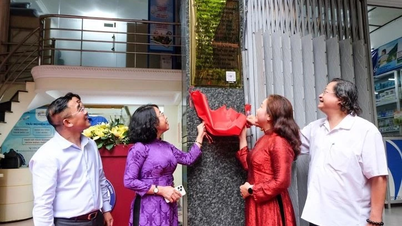
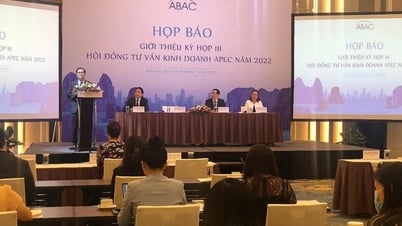

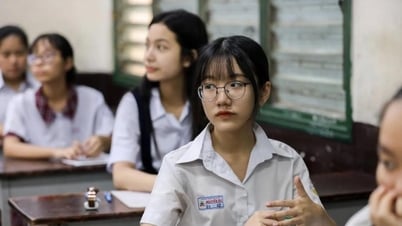
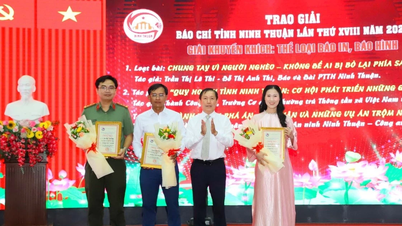




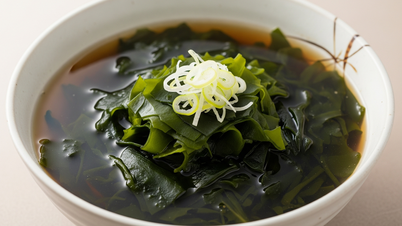
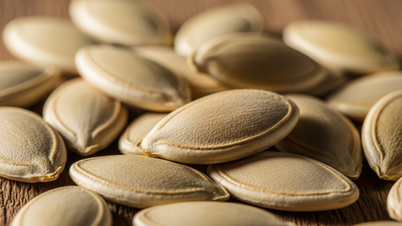

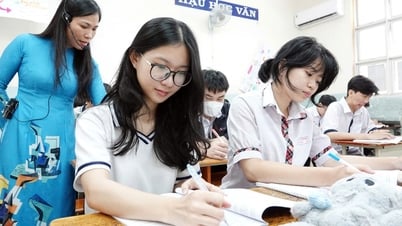
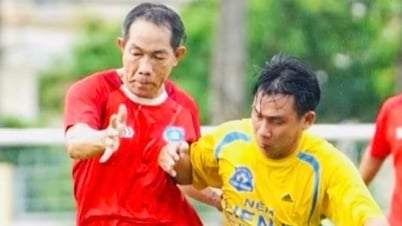























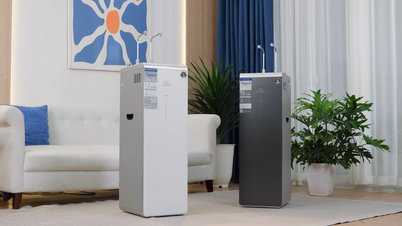























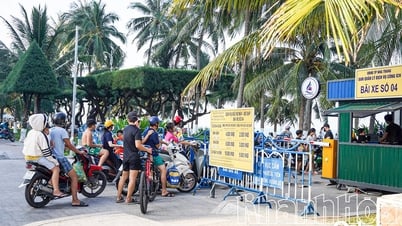



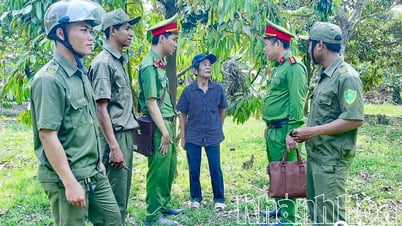

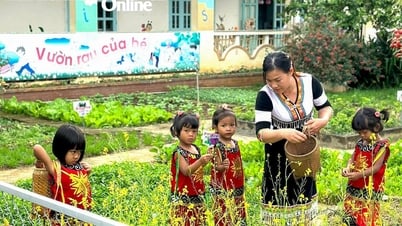













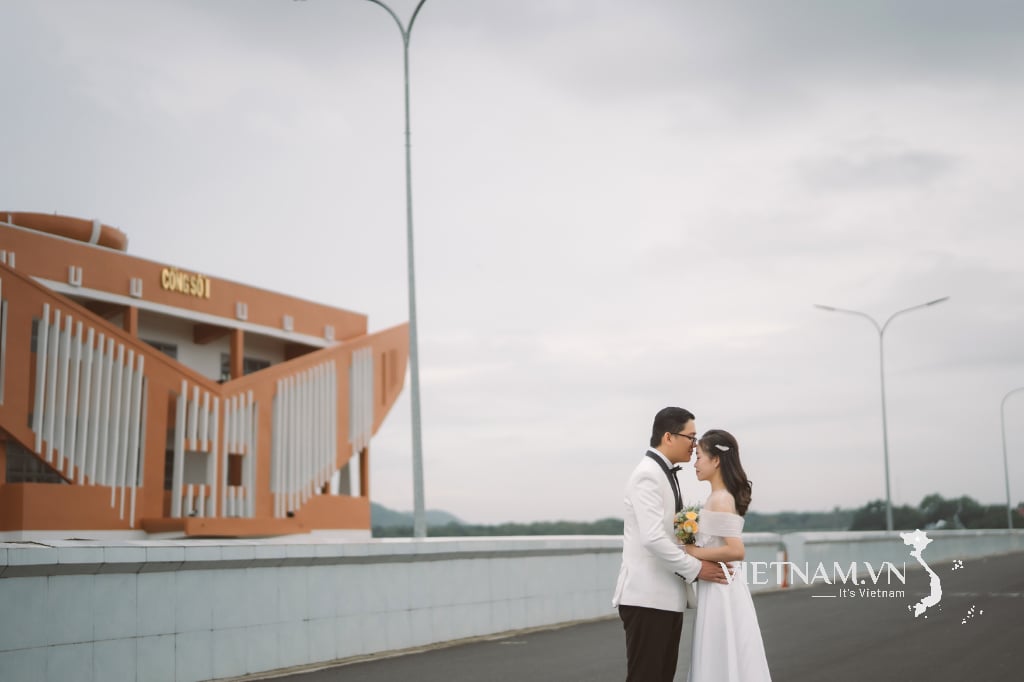

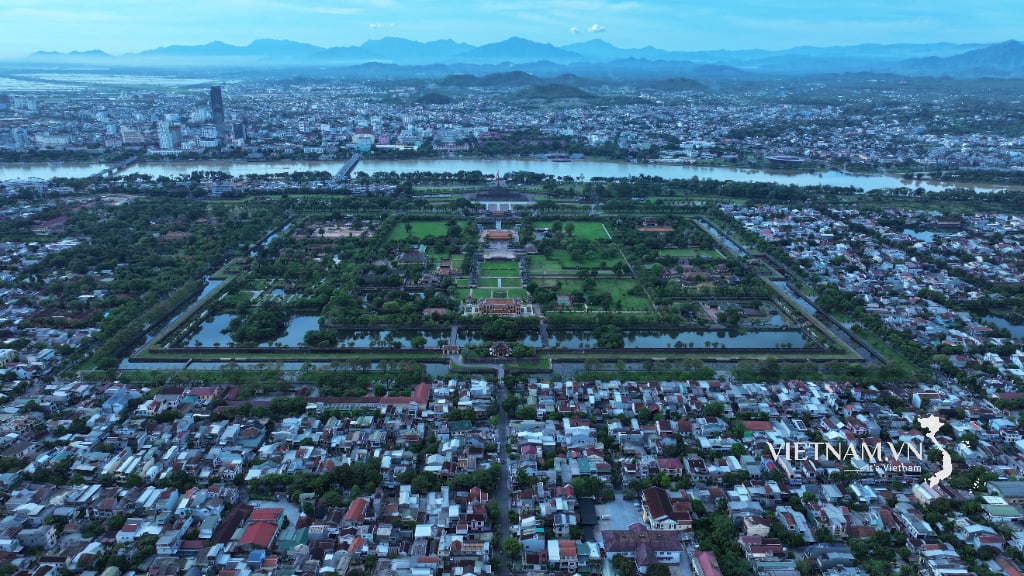
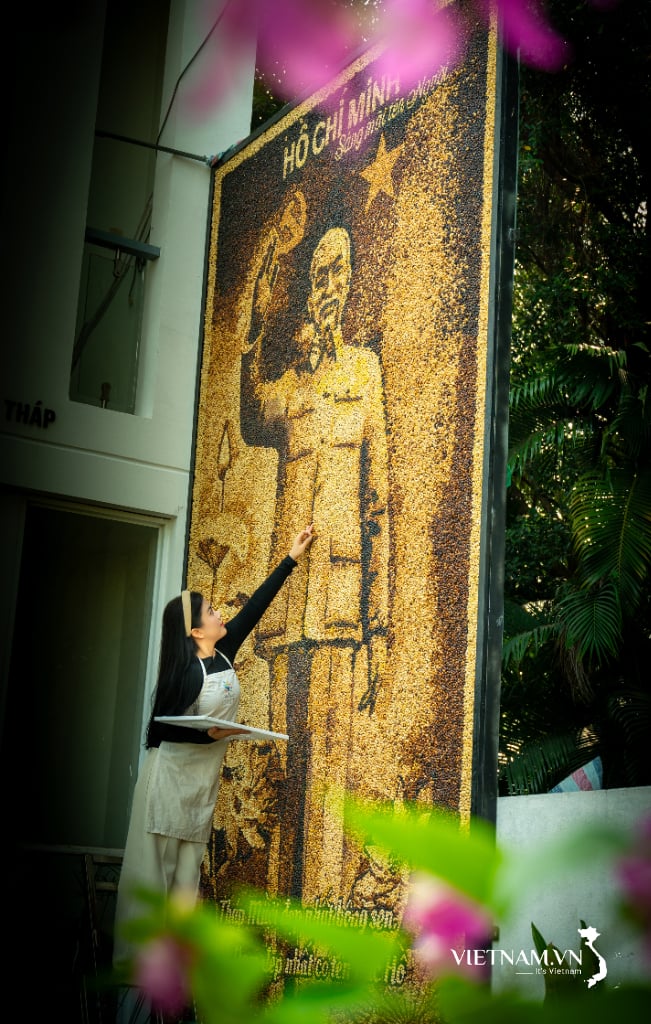
Comment (0)